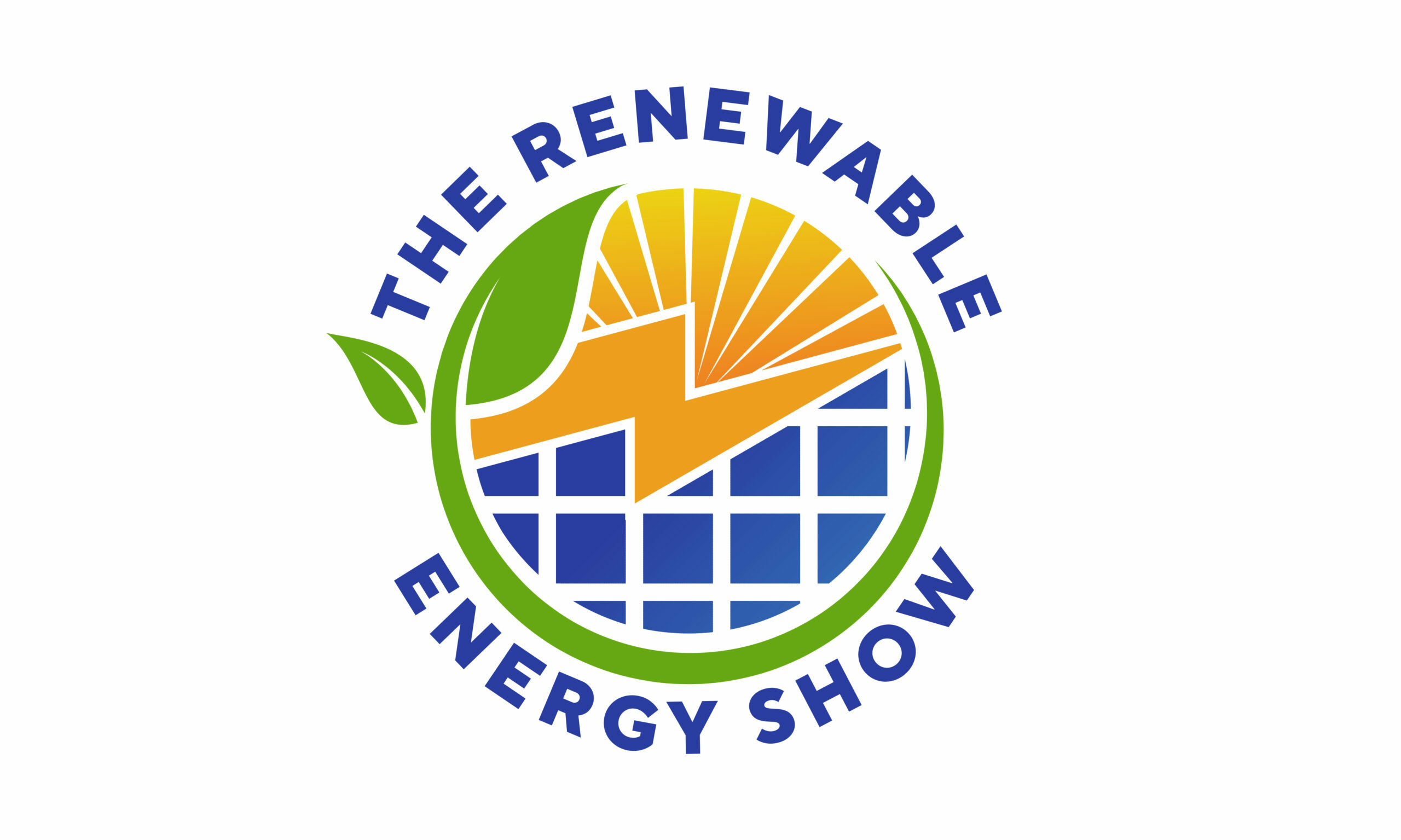As I stood outside the outskirts of a small village, I couldn’t help but feel a sense of awe at the sight before me. Towering above the rolling hills, a cluster of sleek and modern wind turbines stood watch, their massive blades slowly rotating in the gentle breeze. It was a moment that crystallized the impact of these incredible machines – and the revolution they’re driving in the world of energy.
Wind turbines have come a long way since their early days as cumbersome, inefficient contraptions. Today, they’re a symbol of innovation and forward thinking, harnessing the power of the wind to generate electricity for millions of homes and businesses around the world. And it’s not just their sheer numbers that are impressive – it’s the technology behind them that’s truly remarkable.
Take, for example, the advanced materials used in modern wind turbine design. Engineers have developed new types of blades that are lighter, stronger, and more aerodynamic, allowing them to capture more energy from the wind and produce more electricity. The result? Wind turbines can now generate electricity at a lower cost than ever before, making them a competitive source of energy in many parts of the world.
But it’s not just about the tech – it’s also about the impact. As we begin to transition away from fossil fuels and towards cleaner, more sustainable sources of energy, wind turbines are playing a crucial role. In fact, according to the International Energy Agency (IEA), wind power is now the largest source of renewable energy in the world, accounting for over 640 gigawatts of installed capacity globally. That’s enough to power over 150 million homes – and it’s a number that’s only set to grow.
Of course, there are still challenges to be overcome. Noise pollution, visual impact, and wildlife concerns are just a few of the issues that have sparked debate and controversy in some communities. But the benefits of wind turbines far outweigh these drawbacks, say many experts.
“Wind turbines are a game-changer for rural communities,” says Sarah Jenkins, a renewable energy consultant based in the UK. “Not only do they provide a clean and reliable source of energy, but they also create jobs and stimulate local economies. We’re starting to see a real shift in the way people think about energy and the environment – and wind turbines are right at the heart of it.”
As I stood there, watching the turbines spin lazily in the breeze, I couldn’t help but feel a sense of excitement and optimism. The future of energy is bright – and it’s being powered by the wind.
